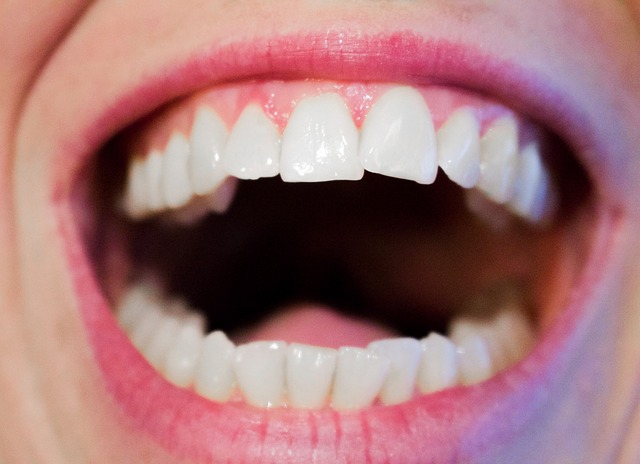Podívejme se čelistem na zoubek…
Čelistní neboli temporomandibulární kloub, aniž si to příliš uvědomujeme, je nejpoužívanějším kloubem lidského těla. Žvýkání, kousání, polykání stravy, mluvení nebo zpívání bereme jako samozřejmou součást života. Při těchto pohybech je však tento schovaný kloub v dutině ústní neustále ovládán svaly do všech možných směrů. Pro ulehčení těchto pohybů se mezi kloubními plochami čelistní a spánkové kosti nachází malá chrupavčitá ploténka, která zajišťuje plynulost žvýkacích pohybů a přenáší síly při každém kousání sousta.
Není proto divu, že velké množství lidí pociťuje někdy v průběhu života při pohybu čelistí bolest, lupavé či praskavé zvuky a špatně se jim ústa zavírají i otevírají.
Velice často také čelistní kloub nebolí jen přímo uvnitř, ale jeho bolest se může šířit i do ucha, horních i dolních zubů, hlavy či přední strany krku. Obvyklé bývají v této souvislosti také bolesti hlavy, vyzařující do oblasti čela, uší a očí.
A kde leží příčina těchto obtíží? Nejčastěji pochopitelně dlouhodobým a nadměrným přetěžováním čelistních kloubů, které nastává například při skřípání či zatínání zubů nebo jednorázově v důsledku traumat (pád na bradu, úder, úraz hlavy a krční páteře). Na přetěžování se podílí ovšem i ortodontické vady – skus, zubní mezery, nevhodné zubní náhrady, nepříjemný stomatologický zákrok či nošení ortodontického fixního aparátu. V neposlední, ale neméně důležité řadě se tento malý kloub přetěžuje i jako následek působení dlouhodobých stresujících faktorů a emočního vypětí. Všichni přeci známe situace, kdy máme „všeho plné zuby“ či musíme něco nepříjemného „ zkousnout,zatnout zuby“ a jít dál.
Pokud se bolest a potíže čelistního kloubu týkají i Vás nebo se potýkáte s bolestmi hlavy, krční páteře či zubů, které nemají jasnou příčinu, navštivte fyzioterapeuta, který Vás odborně vyšetří a pomocí řady technik může ulevit od bolesti a zamezí návratu potíží. Fyzioterapie nejčastěji v tomto ohledu pracuje s měkkými tkáněmi, využívá se fasciálních technik či kraniosakrální terapie a poté se snaží optimalizovat rozsah žvýkacích pohybů či a zlepšovat jejich svalovou souhru a to i v kontextu s okolními strukturami jako je krční či hrudní páteř, hlava a ramena.
Ačkoli se to tedy na první pohled nezdá, nepatří zuby a čelisti zdaleka jen do stomatologického křesla.

